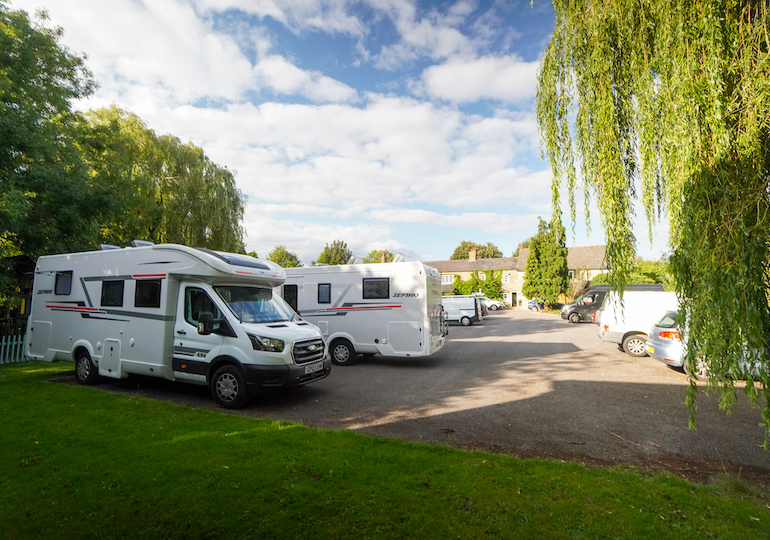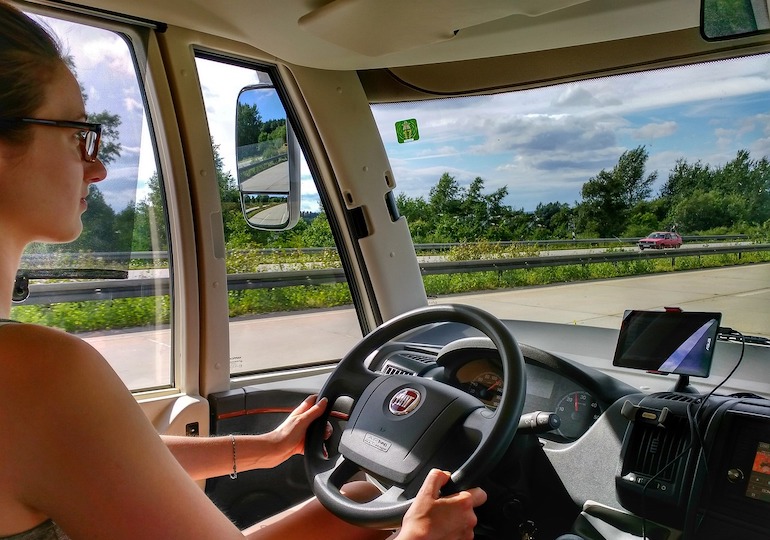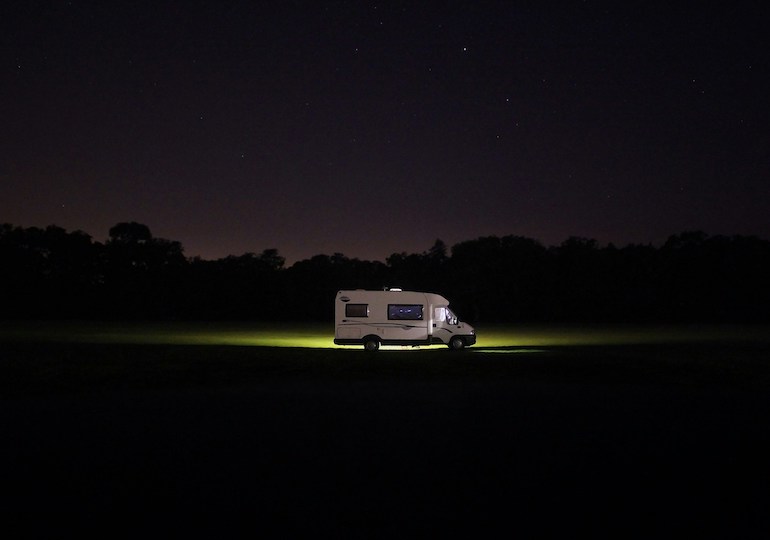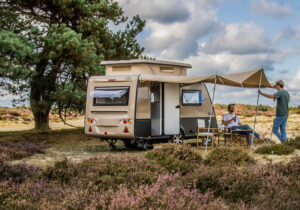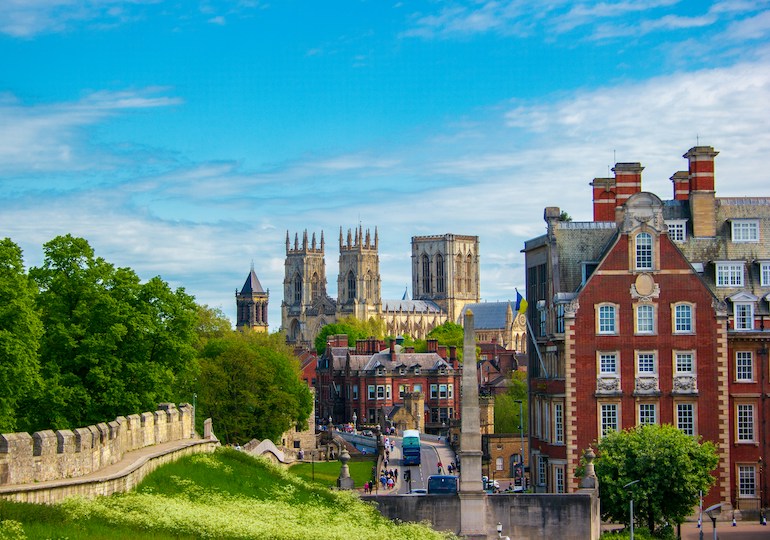By Emma Dodd
Cumbria has set out its ambition to become the first carbon-neutral county by 2037, but its biggest challenge will be to ensure tourism to the area is sustainable.
The Lake District National Park, located within the county, is an extremely popular destination for holidaymakers and tourism is an important part of Cumbria’s income.
In 2019, 48 million people visited Cumbria, contributing £3.13 billion to its economy and sustaining 65,500 jobs, reports the Guardian.
Cumbria Action for Sustainability is leading the push to make the county carbon neutral and has set up the Zero Carbon Cumbria Partnership, which currently has 68 members.
Chief among them is the Lake District National Park Authority, whose involvement is at the heart of making this initiative work.
When she was prime minister, Theresa May signed into law the pledge for the UK to be carbon neutral by 2050, but it will require a large number of smaller steps to make that a reality.
Several stakeholders, including water companies and cities such and Bristol and Glasgow, have since released plans to be carbon neutral by 2030.
Karen Mitchell, CEO of Cumbria Action for Sustainability, told the news provider: “We’re not excluding being able to do it earlier. This is a climate emergency and we should be throwing everything at it.”
Last year, A Carbon Baseline for Cumbria report was produced by Professor Mike Berners-Lee, a Kendal resident and expert in carbon footprinting.
It found that visitors to Cumbria are responsible for 49 per cent of the county’s greenhouse gas emissions, although 36 per cent can be put down to driving to and from the destination.
The report concluded that visitors’ driving emissions to Cumbria are three times the UK average and their emissions from eating out and recreational activities are higher than those of residents.
This demonstrates the need for Cumbria to find a way to tackle the impact of tourism without killing an industry that is the lifeblood of the county.







